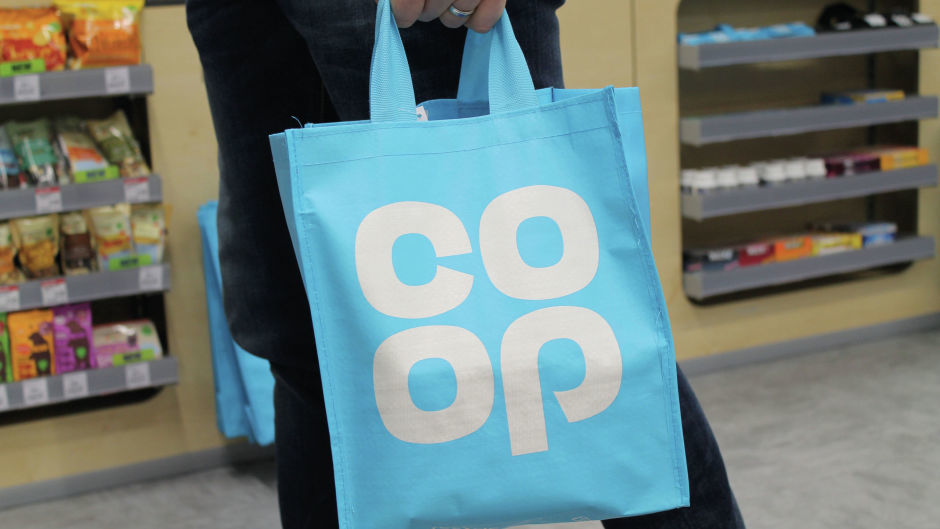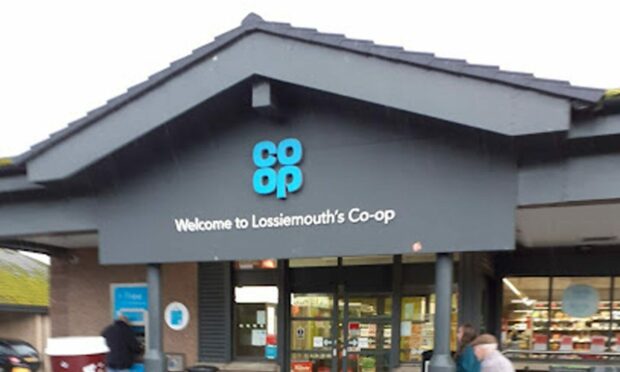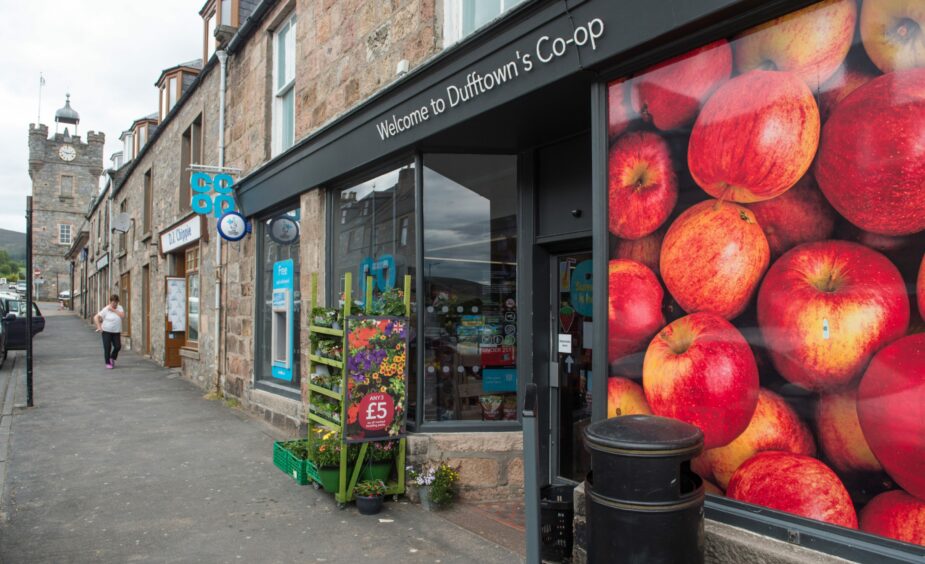The Co-op has said it won’t allow north and north-east communities to become “cash deserts”.
The convenience retailer said it will offer free ATMs in every store where possible, and if not offer free cashback services or Post Office counter withdrawals.
The Co-op Group is one of the world’s largest consumer co-operatives, owned by millions of members.
Big presence across the region
It’s the UK’s fifth biggest food retailer with more than 2,500 local, convenience and medium-sized stores with more than 330 of those in the north, north-east and Highlands & Islands.
Branches include Aberdeen, Kintore, Dufftown, Turriff, Huntly, Oldmeldrum, Tain, Dornoch & Shetland.
Co-op said its commitments would counter high street bank closures, removal of free ATMs and the rise of cashless retailing.
New research by the grocery chain into the spending habits of 16 million shoppers found a north-south divide in the use of cash, with many disadvantaged communities relying on notes and coins to budget during the cost-of-living crisis.
The Way We Pay report found that cash use had fallen from 65% to 28% since 2016.
However, it remained as high as 44% in many areas including Scotland.
Cash use in Aberdeenshire was 29% with Inverness-shire 28% and the Highlands 31%.
Cash still a “key payment method”
Additional research from Which? suggested that those most likely to use cash were in the lowest-income households, with a third of respondents whose annual income was lower than £20,000 finding cash easiest to budget.
Co-operatives: What is the difference between Scotmid and Co-op?
Co-op Food managing director Matt Hood said: “Insight and data within our latest report indicates that while contactless has become the preferred way for many to pay, cash still remains a key payment method that the public looks to for confidence and security.

“As a community-led convenience retailer it’s important to us that while we have the correct technology that offers convenience, we also have the in-store facilities that offer vital services to customers and communities that continue to use cash.
“The clear north-south divide highlights the inequality issues that are still apparent in society today, despite the government’s levelling up agenda.
“By introducing this charter and making these commitments we can continue to protect and provide easy access to cash, particularly in those communities that rely on it most.”
Since 2018, the number of free-to-use ATMs has dropped by more than 12,000 – a reduction of almost a quarter, which is set to rise – and nearly half of the UK’s bank branches have closed since 2015.
Co-op currently has around 2,300 free-to-use ATMs, alongside 230 Post Office counters, across its stores.


Conversation